PoseSpace is in the right head space
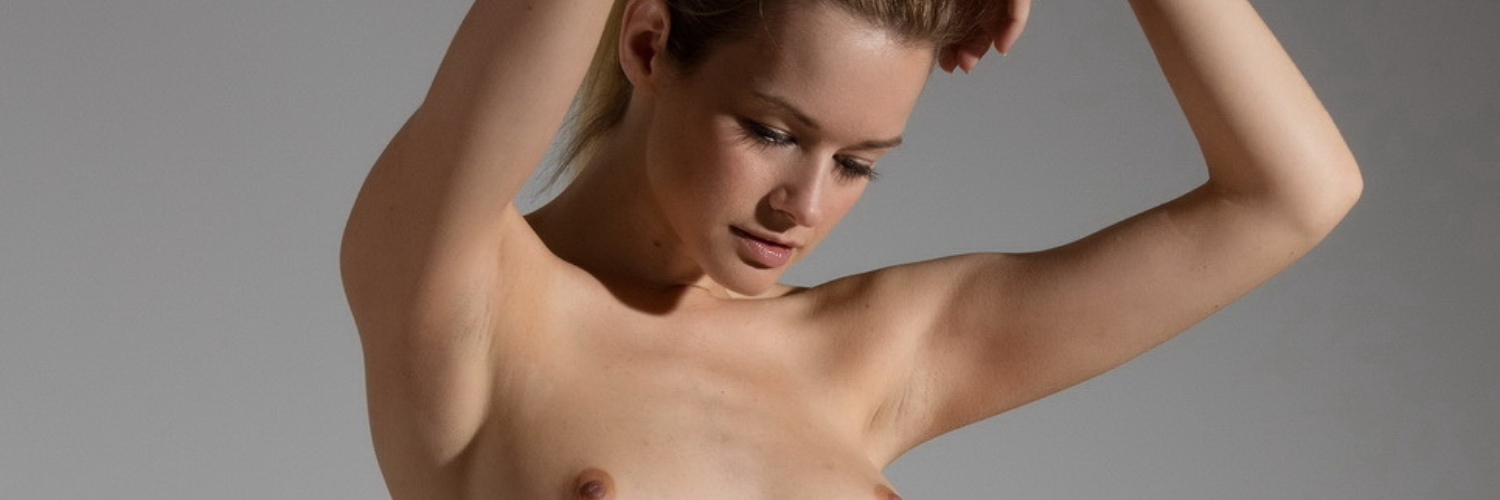
The OG is still as cool as ever
PoseSpace is a digital art luminary that has stood the test of time and provided millions of artists with the tools to fully realise their creations. We were really lucky to sit down with founder Douglas Johnson and pick his brain about what it takes to launch and sustain a business like PoseSpace and the incredible community they have amassed over the years.
Can you tell us a bit about yourself and how long you’ve been running Pose Space and what was the inspiration behind starting up?
It’s a long story but it has some lessons about continuous learning and persistence. Also, being ignorant (about how hard something will be) can be an advantage.
Early in 2004, the year I graduated college with a degree in Applied Mathematics/Physics, I was visiting with my father who tried to get me interested in his hobby of carving. I am not an artist, but I was willing to try to do a human figure or bust. So I began looking for good references that showed a person in detail from a variety of angles.
Not finding anything, I thought ‘if I’m looking for this, certainly there must be other people who are looking for it too.’ And ‘maybe I can create it.’
So, I enlisted my wife to help. With no background in art, nor photography or lighting, and no connection to models, we nevertheless went out and bought equipment and started searching for models. We set up curtains in our dining room and used shop lights and a tinfoil reflector as lighting gear in our “studio”. Since we were photographing for 3D artists (sculptors, etc.), we needed to photograph in rotation, so I built a rotating platform that my wife turned by hand.
We had always intended to publish the photos as a collection in a book and after about a year we had just enough photos to make one. Of course, in addition to having no background in art or photography, we also had no experience in publishing, or printing, or running a business. We did some more reading and set up a company, Live Model Books, LLC to be our publisher and created a test book.
We printed a test copy at home and brought it to a local printer to see how much it would cost. The printer offered to buy the book on the spot! That was our first sale and the first indication after 1 ½ years of work that we might actually have a viable product.
Already a hobbyist programmer, I decided to learn more about web programming and created livemodelbooks.com. I also read all the books I could find on small press publishing. We joined IBPA (Independent Book Publishers Association) and attended their annual conference (which eventually turned out to be critical). And I set up a publisher account with Amazon where we started offering our first home-printed and hand-bound books for sale.
Eventually, we were selling enough that it looked like we needed to do a real press-printed run. That turned out to be both the most difficult undertaking and the most expensive of the entire process.
Nobody in the U.S. would print a full-color book of nudes at a reasonable price. A reason one printer gave was that they “also printed bibles and don’t want those on the same printing press” another was “we print yearbooks and don’t want a tour to see a book of nudes.” One Australian publisher we met expressed this succinctly as, “Americans are prudes!” Eventually, we found a printer in China and committed to a run of 2000 books for nearly $16000. That was a huge sum to us and we had to borrow from our home equity to finance it. A real risk. (As an aside, as the publisher we get about 30% of the cover price and the rest goes to the distribution chain.)
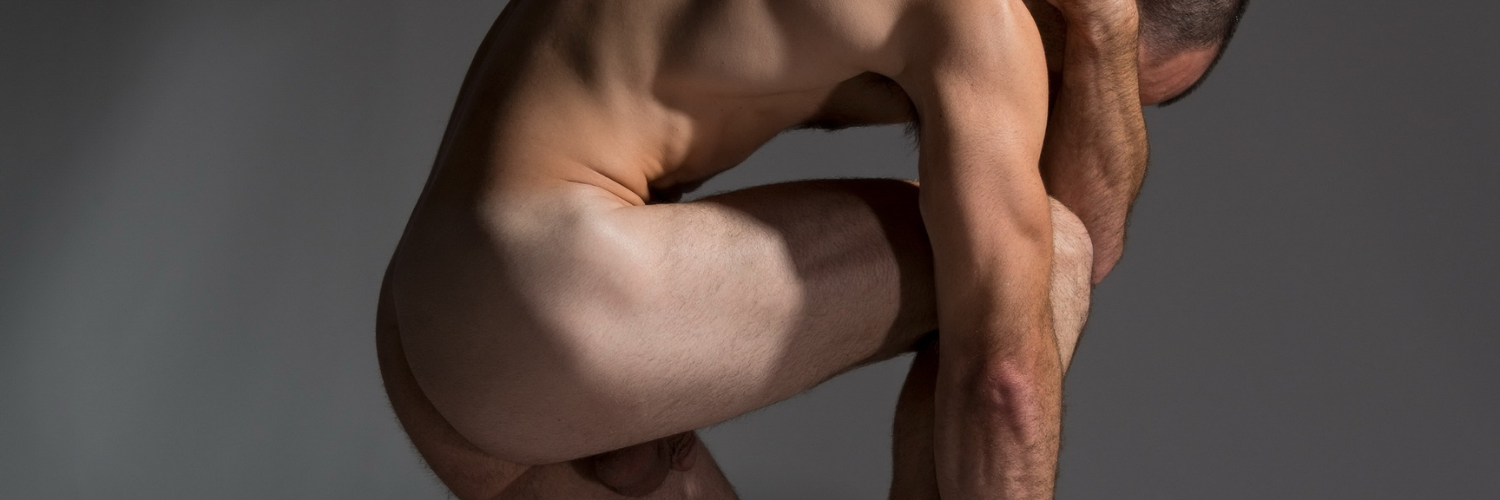
Now I had to learn the intricacies of preparing a book for professional printing. So I bought and learned Adobe InDesign (another $1200!). Read about colour management and book layout for offset press printing and taught myself enough to design our cover and interior (which is still on Amazon https://www.amazon.com/dp/B004ZN80FU). That was months and months of work.
At this point, Live Model Books was producing almost $0 income and we were spending on printing and hiring models, buying software and upgrading photography equipment. We were willing to do that because our test products revealed people would pay for our product and research showed that doing art was one of the most popular hobbies, suggesting a large market.
Eventually, the files went to China along with a very big check and, months later, 2100 books arrived. It was a disaster! The printer had had a problem and instead of telling us, they simply “tipped in” several pages of the book where the ink had been smeared. Tipping in was cutting out defective pages with a knife and glueing in replacement pages. They often looked terrible. That was bad enough but it also meant we had to check every single page of 2000 books to find pages they missed with smeared ink or pages where they did a terrible job of tipping in. And at 2-pounds each, it was a heavy, slow, mind-numbing task, but eventually, we had our starter inventory.
While all of that was going on, I was working on our website and had programmed a method to sell and securely deliver individual photo sets. As the website slowly grew in popularity, a more robust solution was required and in 2007 I started designing and programming a new one, PoseSpace.com (a play on Myspace, which was the big hot website at the time. In retrospect, probably should have called it PoseBook.com). PoseSpace.com became, and remains today, our dedicated sales site for all our products.
We also had to learn about the book distribution business. Wholesalers and bookstores will not deal directly with small publishers so if we wanted our books in Barnes & Noble and other places, a distributor was critical. This is where that IBPA conference became so important. At that conference, we learned about a large distributor who was actually open to working with small publishers (a rarity) and we applied to be accepted to their small press division. We were accepted! That began the process of learning about marketing, logistics, bookstore quirks and seasons, and how to ship 4000 pounds of books from our basement to our distributor’s warehouse (an adventure in itself).
Over the next few years, the book publishing part of the business grew rapidly with thousands of copies selling per year. It was fun to be able to walk into a random bookstore, go over to the art section, and actually find our books sitting there on the shelf. We had gone from an idea in our dining room, knowing nothing about any of the highly technical steps involved, to an actual physical book sitting on shelves in Barnes & Noble. Exciting!
We did about 20 print runs and sold around 100,000 physical copies before the physical book market ramped down, being replaced by eBooks. We had seen the rise of digital coming and were slowly transitioning over to all-digital products. However, while we still sell a similar or even higher number of copies of books, income from book sales is down about 80%! Fortunately, sales at PoseSpace.com have slowly increased.
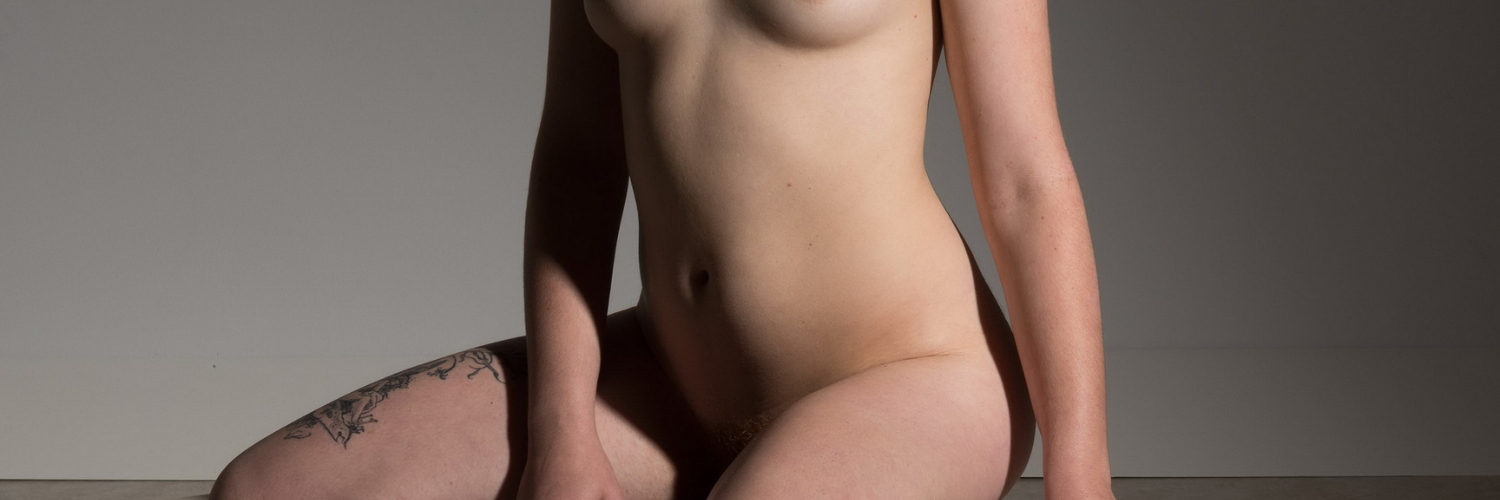
You guys have a thriving community built up around similar interests. Can you tell me a bit about what it takes to create one and tips you have for others wanting to do the same?
What worked for us in 2007 may not be what works today. When we started, Facebook, Instagram, TikTok, and Twitter were not available. We first created our website then we did a little advertising and outreach to get started. We attended an annual college art conference and put ads in The Artists’ Magazine. Slowly, over years, word of mouth helped. We started appearing in search results. Being carried by Amazon and bookstores helped people discover us.
On our website, we have always offered a few sample sets of photos when people create a login with their email addresses. With permission, that builds a newsletter list. A newsletter goes out occasionally letting customers know what’s new and sincerely asking for feedback. We genuinely value feedback even if it hurts our feelings (like: we’re doing the lighting wrong, or the background is wrong, or our models aren’t [fill in the blank] enough), we take it seriously, consider it deeply and try to do what is within our ability even if we don’t fully understand why our customers want it. Sometimes our customers are wrong, but we start by assuming they are right until proven otherwise.
A newsletter is critical. I would not want to rely on the algorithm of Facebook, or Instagram, or Twitter, etc. to reach our customers. Those change and you have no control. You can be kicked off in an instant if you post the wrong thing. With a newsletter, if I need to reach our customers I can send out an email to all of them (who are opted in).
If I were an artist, I could participate in artist groups around the web—be part of the discussion, establish a rapport. Creating those real connections with other artists would be very helpful in creating community. Instead, I try to support artists and say ‘yes’ as often as I can when they want to reference our photos. Many people use them for demo videos and, of course, to create art that they can sell. From the beginning we’ve always given permission for art to be created and sold using our photos as a reference without any royalties to us. That helps build community.
What are some of the biggest challenges behind maintaining a site like Pose Space?
One issue is organic search. In some ways, we have a pretty static website. Yes, we add content regularly but it is photo content, which doesn’t get indexed by search engines very well at all. So it looks like we don’t have the newest, most relevant information. As a result, organic search doesn’t treat us very well.
The site itself has been remarkably bug-free over many years. That said, there are the occasional glitches and you never know when they are going to happen, which means you have to be monitoring all the time. Plus, once a site has enough traffic, customer support requests become daily. So how do you ever take time off? And it is nearly impossible to troubleshoot some problems via email, especially with so many devices today. So I try to make the website as clear and self-explanatory as possible.
Another issue is keeping up with social media. Doing anything on a regular basis is not one of my strengths. I have a more ‘maximum effort for a short amount of time’ approach and keeping up with regular social media posts would never work for me. For that, I found someone to help us, our Social Media Manager Maggy.
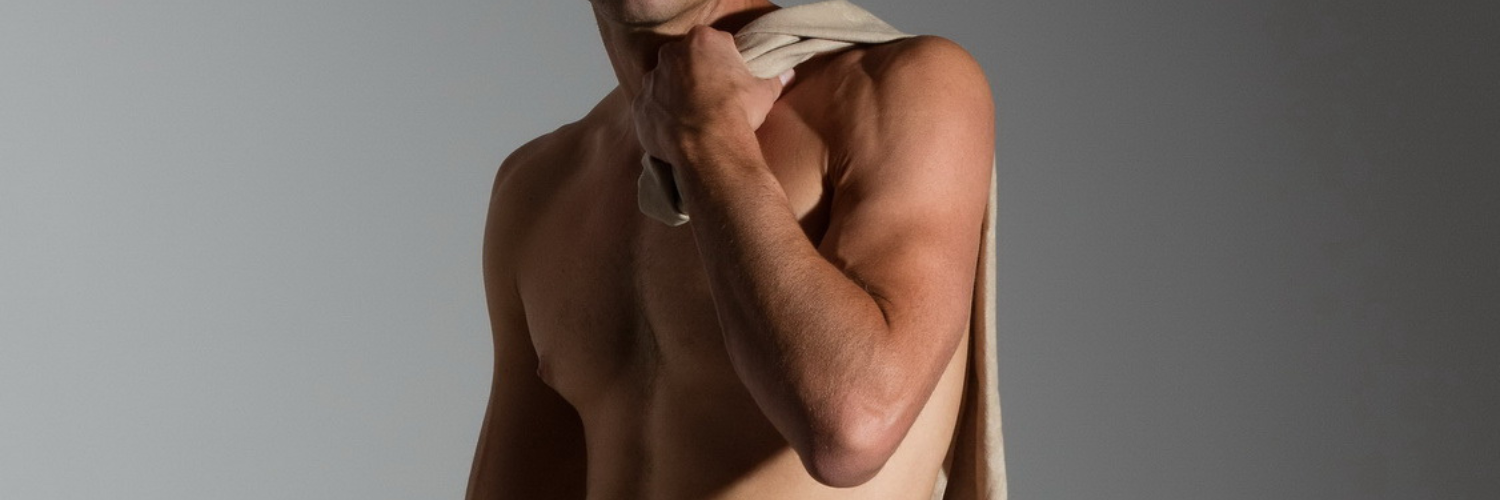
Where do you go to find inspiration?
We are not artists, but we appreciate art. So we look for interesting works of figure art by others as inspiration. Also, the models we work with have wonderful ideas that they bring to the studio. Other photographers’ work is also inspiring.
On the business side, inspiration is a lot harder. We have a niche and we have catered to it for a very long time. People have told us we are the absolute best at what we do. But it is exceptionally hard to expand beyond that. Most improvements that we have made over the years have been a direct result of listening to customers. Nobody knows your customer better than your customer. Listen to them. It will give you new directions to test. Not all of them will work, but it’s a great source of inspiration.
What kind of art do you create and how do you find the will to keep on doing so?
Strangely, I have never done art. Although, some people say my photos are art. So I could respond in that context. Over time, the will to keep going comes from a few sources, primarily the interaction with our customers and with our models in the studio.
Early on, we planned all the poses in a shoot because we had certain things that we wanted to get and it helped us feel in control when we were uncertain of our skills. Over time, we started to relax the plan and trust the models we work with more. We still plan, but often we throw out that plan as soon as the model starts suggesting poses. What they come up with is often better. That partnership keeps us going because it means we can still discover new things in each photo shoot.
When customers tell us how our photos have helped them create a piece of art, or create a portfolio and land a job as an artist, or allowed them to pursue figure art when they otherwise couldn’t that is definitely inspiring and it gets us back into the studio to create more. Nothing is more motivating than hearing that you are making a positive difference in people’s lives with what you do.
Plus, it is my full-time job. So there is that.
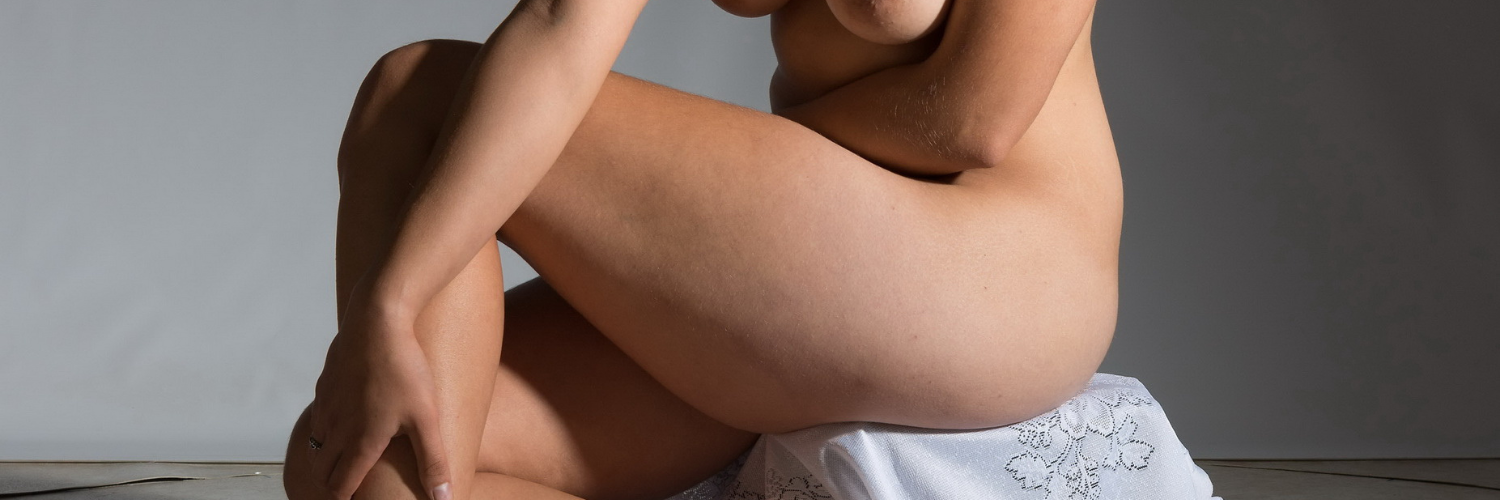
As you head up a primarily digital entity, are you excited or nervous about the future of the internet?
- This is my entire livelihood. Any drastic changes that impacted traffic to our site could be disastrous. For example, maybe everyone follows Facebook into the metaverse and we don’t have a presence there. So that’s a little concerning. On the other hand, our website has been running since 2007 and sales have been holding pretty steady or slowly increasing through all the changes that have happened since then. So that’s a little comforting. There’s always the possibility that some tech or change will come along to make a business obsolete. For example, if we were still printing books, we would probably have a warehouse full, big print bills, and little income. The key is to pay attention to trends and keep an open mind about adapting.
What are your opinions about AI art’s stratospheric and sudden prominence in digital art discourse?
- Not sure. I would guess a lot of it is the novelty, which will wear off. The point of art is not the finished piece. It is the process and journey of creating the piece. Most people do art because they enjoy doing art. It’s also an outlet for creativity. AI cannot replace that.
Lastly, where can people find you and engage with your brand?
- A little-known secret (joking) is that when someone uses the contact form at PoseSpace.com that actually sends an email directly to me. That’s the best way to engage me directly. Otherwise, I find our Instagram account @artmodelsphoto the more interesting of the social media options. People can tag us and show us their work, ask questions, comment on our posts and get in touch with our Social Media Manager, Maggy.